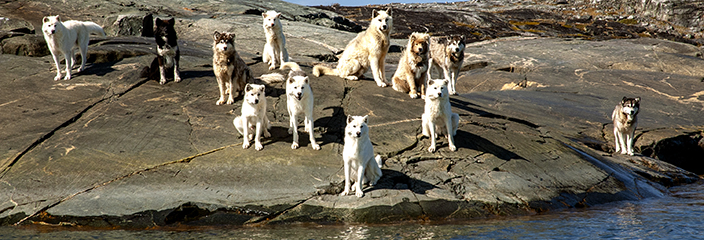By Corey Sandler, Destination Consultant Silversea Cruises
Roatán Island is the largest of the Bay Islands of Honduras; the group stands about 30 to 50 miles off the coast.
It is, in many ways, one of the shining hopes of an otherwise grim nation beset by violence and other troubles mostly related to the northward traffic in drugs from South America to the market in the United States.
Roatán stands far enough offshore to be out of the way and also isolated enough to allow for the cultivation of what the Hondurans hope will flourish as a small version of Costa Rica, a green and relatively safe paradise.
Roatán is close to the Mesoamerican Barrier Reef, the largest such natural reef in the Caribbean Sea, and indeed the second largest in the world after Australia’s Great Barrier Reef.
Off the island, parts of the ocean floor are carpeted with stars.
The mainland of Honduras is bordered to the west by a small neck of land that gives Guatemala its only port on the Caribbean at Puerto Barrios. To the southwest is El Salvador, and to the southeast Nicaragua.
A tough neighborhood, across history and even now.
Honduras spans an area of about 112,492 square kilometers or 43,400 square miles: a relatively small country about the size of Cuba or Iceland, or the American state of Ohio.
In that area is a population exceeding 8 million, with about a quarter of that number in and around the nation’s capital, the answer to a trivia question: Tegucigalpa.
Honduras is not wealthy, although it is rich in natural resources: Minerals like gold, silver, copper, lead, antimony, coffee, tropical fruit, sugar cane, a bit of coal, and fish and shrimp.
The place we now call Trujillo was the first place Columbus touched on the Central American mainland. Prior to that, on his four voyages, he had only landed on islands and at the top of South America.
He never landed on the mainland of North America.
Columbus named the place “Punta de Caxinas”. Caxinas is a port in northern Portugal, above Porto.
And Columbus named the deep waters of the area the Golfo de Honduras, the Gulf of the Depths.
In 1524, shortly after the conquest of Mexico by Hernán Cortés. the first city of Honduras–Triunfo de la Cruz–was founded near where modern Trujillo stands.
It was used briefly as a port to send silver and gold back to Spain
About 50 to 60 percent of the population is considered below the poverty line. On the plus side, the economy has grown 3 or 4 percent in each of recent years, which is good, although the increases were building from a very low level.
In the late nineteenth century, Honduras became one of the Banana Republics” dominated by United States-based fruit companies granted substantial land and privileges.
Thousands of workers came to the north coast to work in the banana plantations and the other industries that grew up around the export industry.
The industry was dominated at first by the Cuyamel Fruit Company, then the United Fruit Company, and others. Labor difficulties in Honduras led to American military or police actions seven times between 1903 and 1925.
The fruit companies also encouraged immigration of workers from the English-speaking Caribbean, notably Jamaica and Belize, who introduced an African-descended, English speaking and largely Protestant population into the country.
And about that term, “Banana Republic?”
The American author William Sydney Porter—better known today under his pen name of O. Henry—spent about a year living in Honduras, primarily in Trujillo.
About 1904, he wrote a series of short stories set in “Coralio” in the fictional Central American country of “Anchuria”, based on Trujillo. And in those stories, collected in his book “Of Cabbages and Kings,” he coined the term “Banana Republic.”
Text and photos Copyright 2016 by Corey Sandler.








